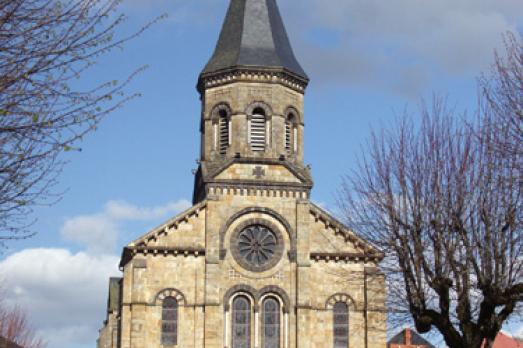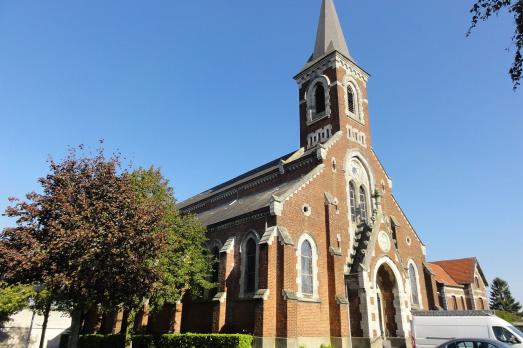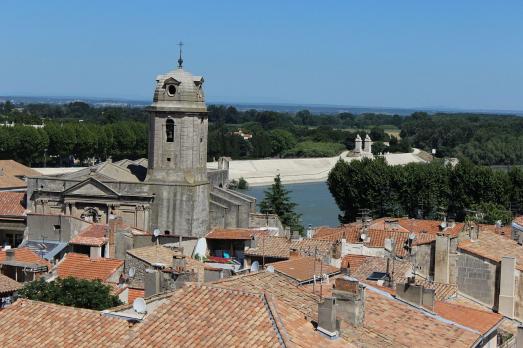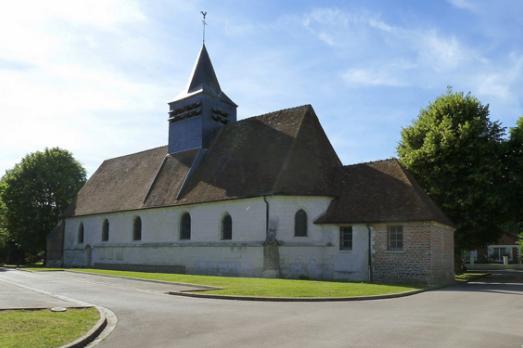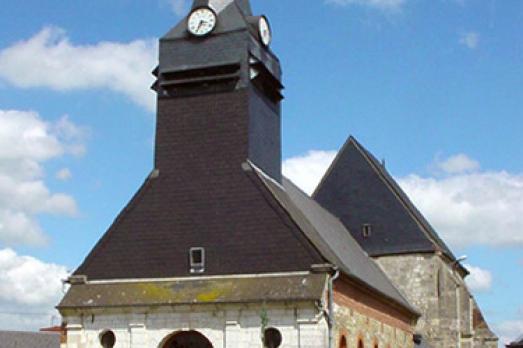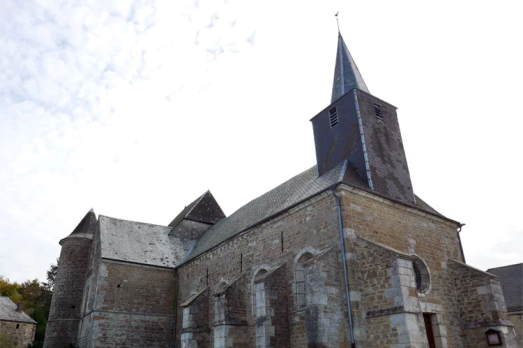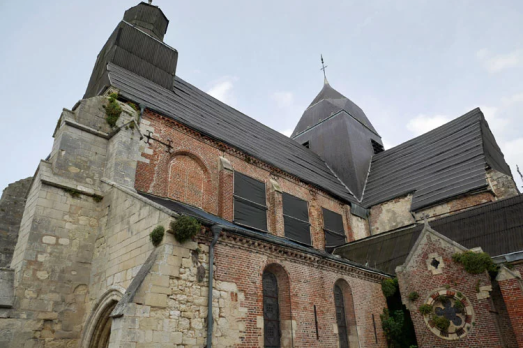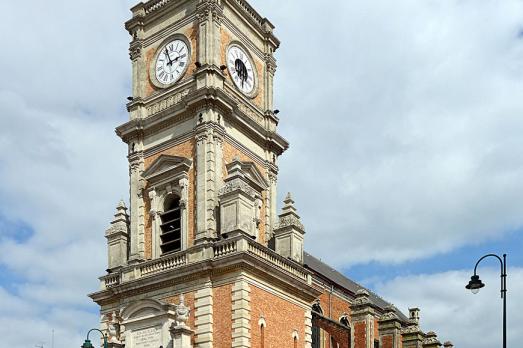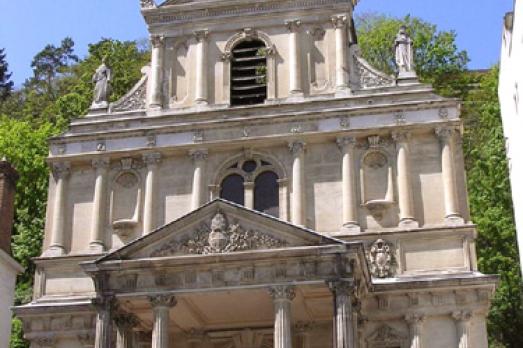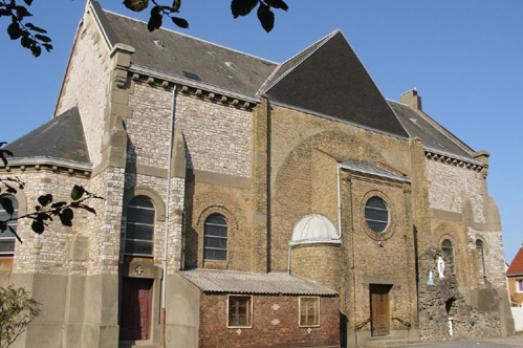
Saint-Joseph de Calais, Church
Calais, FR
Father Georges Sauvage, appointed parish priest of Sainte-Madeleine on August 18, 1921, conceived the project of building a church that he planned to be quite large, as well as a presbytery and a workroom. Work was quickly undertaken. From September 1923 to December 1924, the work began under the direction of the architect Poyé. However, the ?nances were insufficient, and the work was interrupted. On December 24, 1924, Monseigneur Julien inaugurated the choir and a transept completed in the apse on the north side. From March 1924 to March 1925, a presbytery was created and on March 19, 1925, the church of Saint-Joseph was opened for worship.
